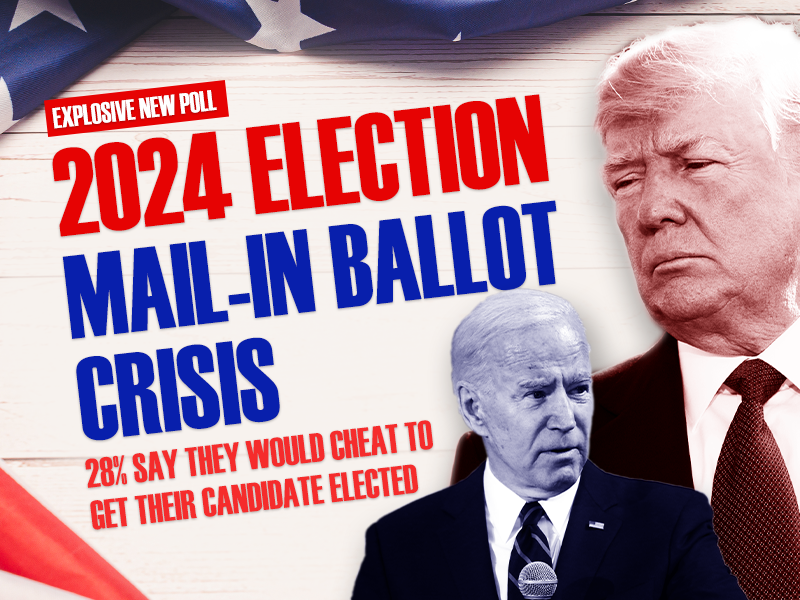Interpreting a decision of the U.S. Supreme Court and explaining it in plain language is more difficult than fathoming the infield fly rule in baseball. There are those agate footnotes that conceivably empower future jurists to spin off in a direction different from the majority holding. And as is becoming increasingly evident in the aftermath of the court’s June 26 Trinity Lutheran judgment — one upholding religious liberty and thought to have significance for the school choice movement — the personal agenda of the chief justice can weigh in the balance, too.
True enough, Chief Justice John Roberts did deliver the opinion for a 7-2 majority in Trinity Lutheran Church v. Comey, in which he held the state of Missouri violated the First Amendment by denying a church preschool access to a playground repaving program solely because it is a church. Roberts asserted in no uncertain terms “the exclusion of Trinity Lutheran from a public benefit for which it is otherwise qualified, solely because it is a church, is odious to our Constitution … and cannot stand.” That same First Amendment principle surely would apply, then, when a state offered scholarships to give families options besides government-run schools yet forbade selection of any religiously affiliated school, right?
You’d think that would hold true; however, Roberts either initiated or acquiesced to a footnote that could severely limit Trinity’s impact or leave an opening for opponents of education choice to exploit. Footnote 3 states: “This case involves express discrimination based on religious identity with respect to playground resurfacing. We do not address religious uses of funding or other forms of discrimination.”
That stark note well could have been a Roberts consensus-building concession to win the vote (in particular) of liberal Justice Stephen Breyer, who made clear in oral arguments that in his mind, Trinity was strictly a health and safety matter, nothing more. The newest justice, Neil Gorsuch, was having none of that hokum, though, stating in a concurring opinion, “The general principles here do not permit discrimination against religious exercise — whether on the playground or anywhere else.”
The weekend following Trinity’s release, Roberts spoke at a judicial conference in Pennsylvania where, according to The Daily Caller, he reiterated his support of consensus building within the court, with the objective of nine justices speaking as one, if possible. He discouraged the practice of writing many concurring or dissenting views and even said in drafting opinions justices should avoid mentioning precedents, citations or footnotes that might stir conflict within the majority. You have to wonder if Roberts’ malleability and concern for the Supreme Court’s image had something to do with him twice defying all logic and making himself the fifth vote to preserve the rolling disaster that is Obamacare.
Given the timing, Roberts’ defining of collegiality as appreciating “you are acting as a court, not as an individual” could be taken as a dig at Gorsuch, who has aggressively penned concurring or dissenting opinions since his spring 2017 debut. But do Americans want lifetime appointments to the highest court in the land given to (1) conciliators who value appeasing or placating their colleagues or (2) brilliant defenders of the Constitution who will debate the plain meaning of the text and let the chips fall where they may?
Whatever the intra-court divisions, the reality is private school choice inclusive of religious options stands on firm legal ground. With regard to the federal Constitution, the controlling precedent is the 2002 Zelman ruling, which held a government program allowing parents to use vouchers to send their children to parochial schools does not violate the Establishment Clause, because the patrons were able to exercise “true private choice” among a wide variety of options, secular as well as faith-based.
After Zelman, such dead-end opponents of school choice as the teacher unions and the American Civil Liberties Union pinned their hopes on the so-called Blaine amendments that persist in the constitutions of about two-thirds of states. Born of late 19th century animus against Catholic immigrants, Blaine provisions sought to ban all forms of public aid to sectarian schools, the idea being to protect the then-Protestant-dominated public schools from the rise of Catholic schools.
Over the past two decades, many state courts have upheld all-inclusive school choice plans — Blaine amendments notwithstanding — on grounds that scholarship aid goes to parents, who make their own free choices, and not directly to religious institutions. However, Blaine continues to be an impediment to choice in several states, among them Colorado, where the state’s Supreme Court in 2015 ruled a Douglas County scholarship program in violation of the state constitution. Late in July 2017, the case will be back in Denver under a Roberts Court order to vacate the 2015 verdict and reconsider the case in light of Trinity Lutheran.
Without Roberts’ consensus-building footnote, it would be a pretty safe bet that Colorado’s Blaine amendment would yield to the right of parents to choose the very best schools for their children, with Blaine just blessedly fading into irrelevance.
Unfortunately, ACLU and National Education Association lawyers are adamantly contending, with Footnote 3 as their bulwark, that nothing in the Trinity Lutheran decision obligates the Colorado judiciary to alter the state’s rigid “no aid” stand. If they prevail, it will be a shame that a quest of judicial collegiality delayed the demise of a remnant of bigotry that still frustrates everyday parents’ quest of genuine educational choice.
[Originally Published at the Deseret News]





